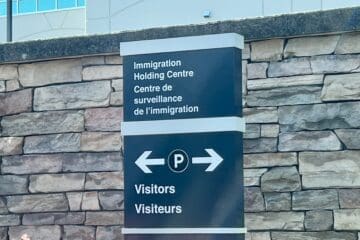The three types of removal orders in Canadian immigration law were:
- Departure Orders: If issued a Departure Order, the person is required to leave Canada within 30 days after the order becomes enforceable. According to the CBSA website, you must also confirm your departure with the CBSA at your port of exit. If you leave Canada and follow these procedures, you may return to Canada in the future provided you meet the entry requirements at that time. If you leave Canada after 30 days or do not confirm your departure with the CBSA, your Departure Order will automatically become a Deportation Order. In order to return to Canada in the future, you must obtain an Authorization to Return to Canada (ARC).
- Exclusion Orders: If someone receives an Exclusion Order, they are barred from returning to Canada for one year without written authorization from the Canada Border Services Agency. However, if the Exclusion Order was issued for misrepresentation, this period extends to two years.
- Deportation Orders: A Deportation Order is a permanent bar on returning to Canada. Anyone deported from Canada is not allowed to return without obtaining an Authorization to Return to Canada (ARC).
Please note that Canadian immigration law is subject to change, so it would be wise to consult a legal professional or look up the most current information to get the latest specifics of the three types pf removal orders.
Visit Pax Law Corporation today!



0 Comments